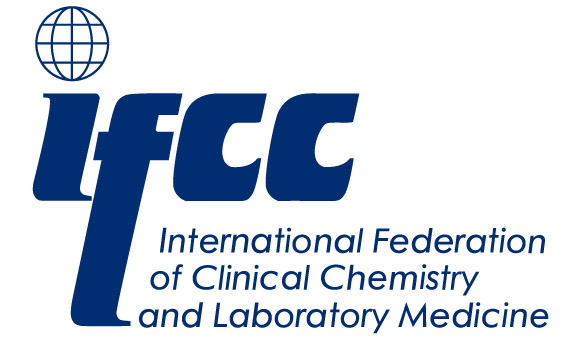Current Clinical and Laboratory Standards Institute criteria consider Shigella isolates with ciprofloxacin MIC ≤ 0.12 µg/mL as susceptible to this antibiotic. However, recent data show that some Shigella strains have a quinolone resistance gene that might lead to “clinically significant reduced susceptibility” to fluoroquinolones. CDC’s preliminary data indicates that all Shigella isolates with ciprofloxacin MICs between 0.12–1 µg/mL harbor at least one of these resistance genes. Shigella isolates without a quinolone resistance gene usually have a ciprofloxacin MIC ≤ 0.015 µg/mL.
This emerging resistance is particularly concerning because data show that many Shigella isolates with a quinolone resistance gene also are resistant to several other key antibiotics. Based on these findings, CDC recommends that physicians order stool culture and antimicrobial susceptibility testing for patients suspected of having Shigella infection. The agency emphasizes that culture-independent diagnostic testing does not provide susceptibility results.
Physicians should avoid prescribing fluoroquinolones when ciprofloxacin MIC ≥ 0.12 µg/mL, even if the isolates show susceptibility. Labs using commercially available automated systems should test Shigella isolates with susceptibility panels that include 0.12, 0.25, and 0.5 µg/mL dilutions. CDC also advised that labs include MIC values for fluoroquinolone agents in their susceptibility testing reports for Shigella, and that they report to state public health laboratories all findings about strains with ciprofloxacin MIC 0.12–1 µg/mL.
More information is available at https://emergency.cdc.gov/han/han00401.asp.
Source: AACC




















































